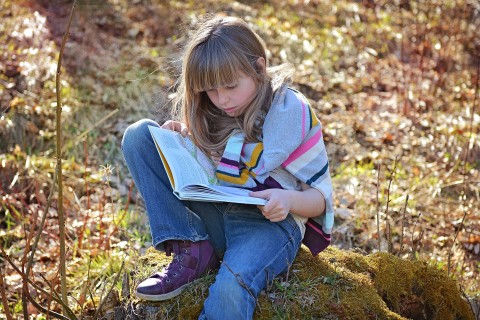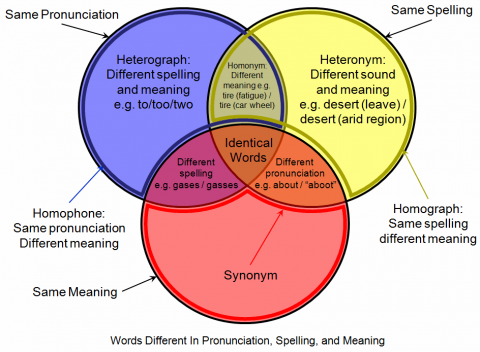Caroline Dennigan
The importance of learning homophones
What are homophones?
Homophones are those confusing little words that have the same pronunciation but different meanings and usually different spellings. While there are literally hundreds of homophones in the English language, below are 10 common examples. Once you've grasped the importance of learning homophones, you'll be a better reader and writer.
You can see from some of the examples that some do have the same spelling but a completely different meaning! Homophones are without a doubt the reason why so many of us misspell words on a daily basis.
I would personally say that to, too and two are the homophones that can be held responsible for the most spelling mistakes!
1. New and knew
2. Bear (noun: a large, heavy mammal that has thick fur and a very short tail.)Bear (verb: tolerate, put up with)
3. Pair and pear
4. To, too and two
5. No and know
6. Tail and tale
7. Been and bean
8. Check and cheque
9. Weather and whether
It's important for children to recognise homophones because learning them helps children to grasp the context of sentences that have words with more than one meaning. Here is an activity to do at home.
Select the correct homophone to complete the following sentences:
1. The girl washed her (hare/hair) with shampoo.
2. Amelia's mother put some (flower/flour) into the cake mixture.
3. The cat hurt its (paw/pour/poor.)
4. The (son/sun) is very bright today.
5. She (new/knew) how much the coat cost without even looking.
6. The boy was chased by a huge (bare/bear)
7. I (right/write) with my right hand.
Encourage your child to write down the homophones they come across in a notebook.
Collect various images and make your own fun game to match the correct homophone to the image. e.g. flour, flower.
Sit down together and make your own flashcards with a homophone pair on each side of the card. Homophones are an important part of learning the English language and learning them set your child on the right track to correct spelling.



